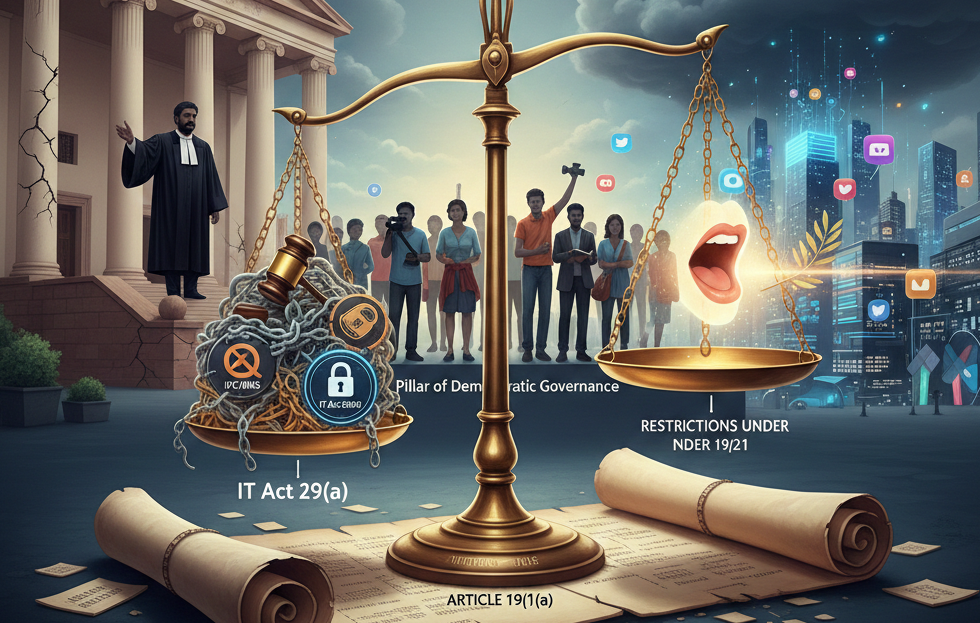Font size:
Print
MV Sea Change
Context: California officials announced that the world’s first hydrogen-powered commercial passenger ferry will begin operating on San Francisco Bay to replace diesel-powered vessels and reduce carbon emissions.
More on News:
- The 21-metre catamaran, MV Sea Change, will transport up to 75 passengers between Pier 41 and downtown San Francisco starting 19 July.
- The service will be free for the first six months as part of a pilot program.
Key Highlights:
- Developed by SWITCH Maritime with support from a grant provided by the California Air Resources Board (CARB), this vessel represents a milestone in decarbonising the maritime industry.
- The project is a collaboration between public and private sector partners.
- This technology could significantly reduce greenhouse gas emissions from the shipping industry, which currently contributes 3% of global emissions.
- Although this is less than emissions from cars, trucks, rail, or aviation.
- The International Maritime Organization, which regulates commercial shipping, wants to halve its greenhouse gas releases by midcentury.
MV Sea Change
- It is the world’s first commercial passenger ferry.
- It can travel about 550 kilometres and operate for 16 hours before refuelling.
- It operates using 100% zero-emission hydrogen fuel cells.
- Its fuel cells generate electricity by combining oxygen and hydrogen, It emits only water vapour, a portion of which is remineralised and used in the onboard water fountain.
Clean Hydrogen Initiatives:
- US Government Funding: The administration is investing $8 billion to research and develop clean hydrogen production and delivery methods for transportation, manufacturing, and electricity generation.
- Environmental Concerns: Production currently has pollution and climate risks.
- Most hydrogen is produced using natural gas, which emits carbon dioxide and warms the planet.
- A study by Cornell and Stanford researchers found that current hydrogen production methods are not yet clean energy.
- Proponents of hydrogen-powered transportation believe that over time, hydrogen production will become environmentally safer.
- Increasing reliance on electricity from wind and solar energy. This shift towards renewable energy sources is expected to make hydrogen production cleaner and more cost-effective in the future.
About Hydrogen Fuel Cells
- A hydrogen fuel cell uses the chemical energy of hydrogen to produce electricity.
- It is a clean form of energy with electricity, heat and water being the only products and by-products.
- They offer a variety of applications, from transportation to emergency backup power, and can power systems as large as a power plant or as small as a laptop.
- It provides advantages over traditional combustion-based technologies, including greater efficiencies and lower emissions.
- These cells only emit water, there are no carbon dioxide emissions or other pollutants released into the atmosphere.
- Fuel cells are also quiet during operation as they have fewer moving parts than combustion technologies.

Indian Prime Minister launched India’s first indigenously developed hydrogen fuel cell ferry.
- The vessel, manufactured by Cochin Shipyard Limited (CSL), will be deployed for service at Varanasi in Uttar Pradesh.
- Built at a cost of Rs 18 crore, the ferry will be handed over to the Inland Waterways Authority of India by the CSL after rigorous trials.
- The Ministry of Ports, Shipping and Waterways met 75 per cent of the project cost.


